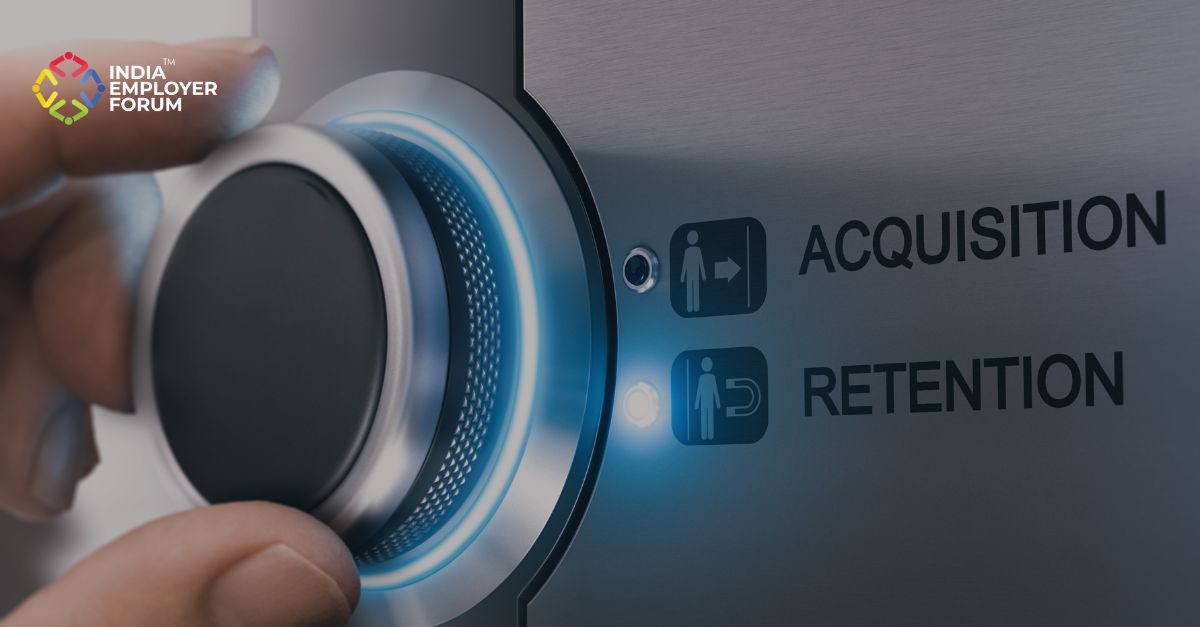Companies are set up to do business. Employees during the course of their work incur expenses. One of the biggest bugbears of modern working life for both the management as well as the employee is an effective employee expense management. Employees are on the go and super busy most of the time and find submission of expenses very tiresome. They tend to put it off. Most of the time, HR is found lacking in satisfactory management of employee expenses, thereby creating a sense of frustration and unhappiness among the employees.
Reimbursement of employee expenses should be a simple and straightforward job for HR. Why does it cause so much of heartburn then? The reason for this is equally simple. Companies grapple with expense frauds very often. While sometimes employees submit expenses incorrectly by accident, a great many times such submissions are fraudulent in nature. Businesses lose millions in business travel and expenses frauds which are extremely difficult to detect. Employees submit erroneous expense claims. Some examples of these are higher mileage, buying office supplies for personal use and fudging receipts for claiming higher taxi fare.
Dealing with all this poses a great deal of challenge for the busy HR and admin as they do not have time to examine each and every claim. Clearly HR needs to employ expense management best practices to save time and money both.
Employee expense management really begins with having a fair and unambiguous expenses policy. Companies must have a policy that communicates with the employees clearly that expenses that are to be reimbursed are genuine and not inappropriate or personal. The policy must be easy to understand for the employees, needless complexities of procedure should be avoided. People tend to comply with something that they understand easily.
You might also be interested to read: Reducing Corporate Healthcare Cost
Once the policy is in place, technology can help immensely in employee expense management. It is important to make employees aware of the expenses incurred on business. Aware employees are empowered employees who will make better decisions about incurring expenses. This can be easily achieved by linking their expenses to the specific business activity executed by them. Expense management process can be tweaked in a way that enables the employees to submit their expense bills along with customer and project data dynamically. Employees are aware in a scenario like this to see if their expenses on business class travel or meals in uber expensive restaurants are cutting into the profitability of the business deal. They are more likely to tone down their expenses. Linking expenses to business outcomes thus changes employee expense behavior.
Technology is a life saver in facilitating employee expense management process in real time. Busy employees tend to delay submission of expenses, HR, due to time constraints and fatigue also puts it off indefinitely. Physical submission of expense claims is tedious and time consuming. The solution to the problem lies in managing employee expense claims in real time. This will ensure submission and clearance of these claims is a part of the work routine and not something extra that needs to be done later. Another advantage for the organizations in introducing real-time claim management is, there is no time for enterprising employees to alter or fudge expenses.
Despite taking adequate precautions, frauds cannot be avoided completely. AI driven travel and expense management technologies are helpful in identifying bogus or doubtful claims. These technologies greatly improve efficiency and accuracy. Organizations are using technology to see everyday expenses being paid routinely freeing their HR and Finance teams to devote time to more important business strategies. As a bonus, it also provides satisfactory experience for the employees.
References:
- 3 ways technology can help you change employee expense behavior.
- 8 tips for a best practice expenses process






